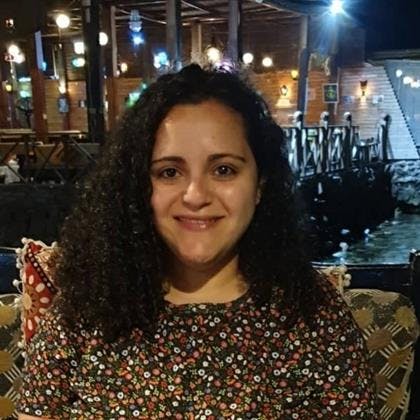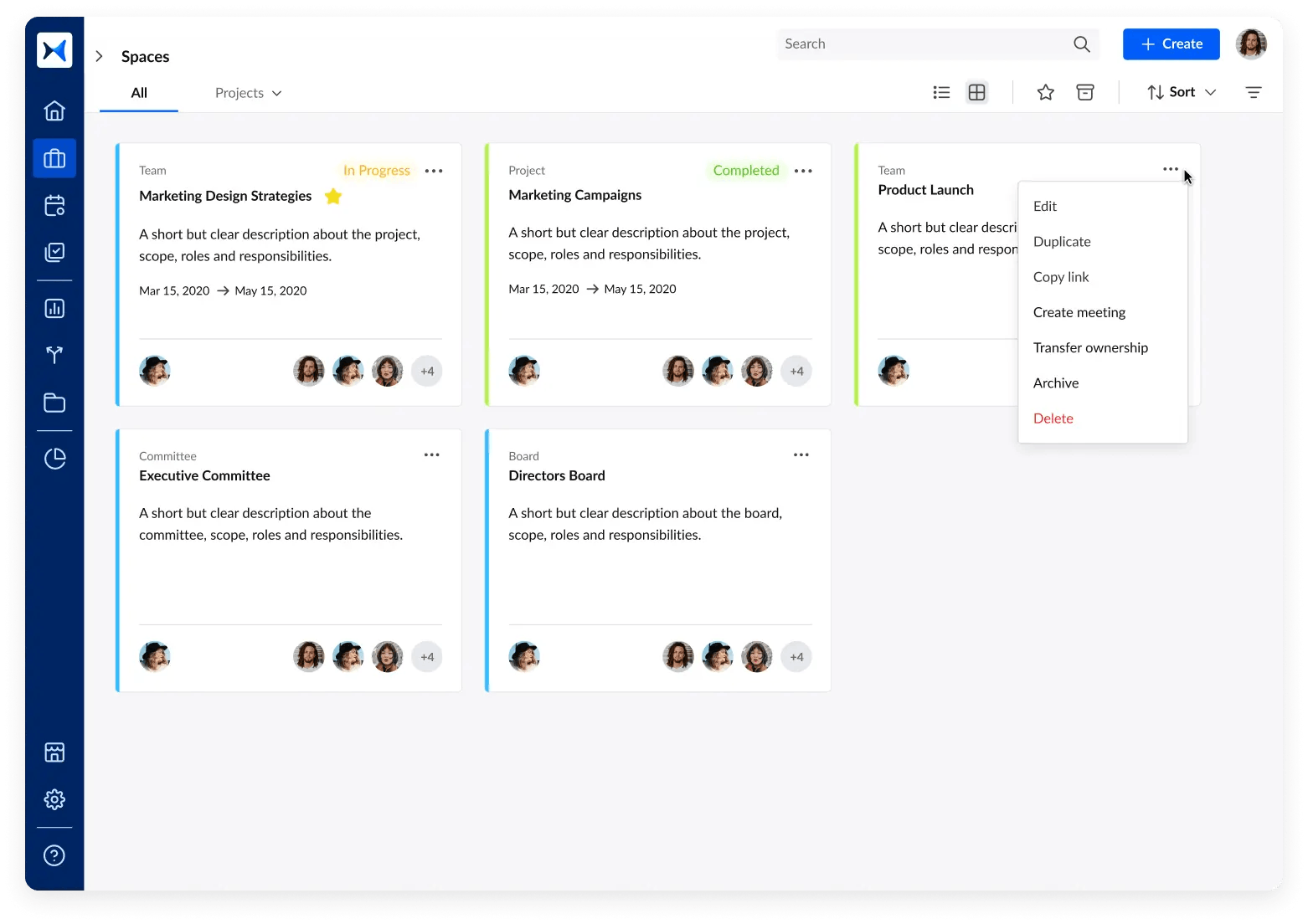April 23, 2024 · 8 min read
Education Administration and Management: Shaping the Future of Learning

Shaimaa Badawi

Education administration and management are pivotal in shaping the success of educational institutions. This article delves into the intricate aspects of these fields, discussing the definitions, differences, and functions that underpin effective educational leadership.
We explore the types of educational management and administration and how these frameworks contribute to the operational success of schools and higher education institutions. By understanding these elements, educational leaders can better navigate the complexities of their roles, ensuring optimal student outcomes and institutional efficiency.
What is the best definition of educational administration?
Education administration is the strategic management and coordination of educational institutions and their resources to achieve specific academic objectives. It encompasses a variety of functions including planning, organizing, directing, and evaluating the systems and processes necessary for effective teaching and learning.
This field focuses on providing leadership, developing and implementing curricula, managing both human and material resources, and ensuring that educational facilities operate efficiently to meet their goals. The aim of education administration is to optimize the educational experience and foster an environment that supports student achievement.
What is the difference between educational management and educational administration?
Understanding the difference between educational management and educational administration can be simplified by highlighting their primary focus areas, responsibilities, and operational scopes. Here’s a breakdown to clarify these distinctions:
Focus and scope
- Educational management: Concentrates on the long-term strategic vision and goals of an educational institution. It involves the comprehensive management of the institution's resources, human, financial, and material, to achieve these goals.
- Educational administration: Focuses on the day-to-day operational aspects and the immediate management of educational settings. It includes enforcing policies, complying with laws, and managing routine administrative tasks.
Decision-making and timeframe
- Educational management: Engages in strategic decision-making that shapes the future direction of the institution. This includes extensive planning and developing innovative strategies that align with the institution’s objectives.
- Educational administration: Deals with tactical, short-term decision-making focused on policy implementation and immediate problem-solving to ensure smooth operation.
Responsibilities and functions
- Educational management: Responsibilities include staffing, recruiting, leading, and controlling the organizational aspects to optimize effectiveness and facilitate goal achievement. It involves the active coordination of resources to foster growth and development within the institution.
- Educational administration: Primarily concerned with maintaining the efficiency of the educational process. This includes setting educational goals, budgeting, organizing, directing, supervising, and evaluating to ensure compliance and operational integrity.
Why is education management important?
Education management plays a crucial role in enhancing the effectiveness and success of educational institutions. Here's why it is important, broken down into clear points for easy understanding:
1. Strategic efficiency
- Strategic planning: Educational management enables institutions to develop clear goals and strategic plans and allocate resources effectively. This ensures smooth functioning across various facets such as curriculum development and student services.
- Organized implementation: Properly planned management helps in defining roles, monitoring performance, and adjusting strategies as needed to optimize outcomes.
2. Resource optimization
- Optimal allocation: Through careful analysis of data like student enrollment and faculty workload, educational management ensures that every resource, whether human or material, is utilized to its fullest potential.
- Cost efficiency: Effective management helps in avoiding unnecessary expenses, thus maximizing the financial resources available for educational quality and infrastructure improvement.
3. Maintaining a positive image
- Reputation building: A well-managed educational institution creates and maintains a positive image that attracts more students and quality faculty, enhancing its standing in the educational landscape.
- Trust and credibility: Consistently positive management practices build trust and credibility among parents, students, and the community, which is essential for long-term success.
4. Enhanced communication and collaboration
- Improved interactions: Management tools, such as educational software, foster better communication among teachers, students, and parents, ensuring that everyone is informed, connected, and working towards common educational goals.
5. Data management and analysis
- Efficient information handling: Advanced management software allows for the secure storage and easy access to vast amounts of institutional data, from student records to financial information.
- Insightful analytics: Tools within management systems help in analyzing data to make informed decisions, identify areas needing improvement, and track student progress effectively.
6. Personalized learning and assessment
- Customized education: Educational management systems enable the creation of personalized learning experiences that cater to individual student needs, enhancing engagement and outcomes.
- Streamlined assessments: Management systems provide tools for online assessments and grading, making the evaluation process more efficient, consistent, and less time-consuming.
7. Resource management
- Optimized use of facilities: Software and tools in educational management help manage physical resources like classrooms and equipment, ensuring they are used efficiently and scheduled properly to avoid conflicts and waste.
Advance your educational leadership—download the free guide "Leading the Future of Education: Mastering School Board Meetings and Strategic Leadership" now!
What are the functions of educational management and educational administration?
Educational management and educational administration both play critical roles in the functioning of educational institutions, though their focuses differ. Here's a breakdown of their primary functions:
Functions of educational management:
- Strategic planning and goal setting: Developing long-term goals and objectives for educational institutions to follow, ensuring alignment with educational standards and societal needs.
- Resource allocation: Efficiently distributing human, financial, and material resources to maximize educational outcomes and operational efficiency.
- Staff development: Recruiting, training, and managing faculty and administrative staff to enhance their skills and ensure they are well-equipped to meet the institution's goals.
- Performance monitoring: Evaluating the performance of both staff and students to ensure educational objectives are being met and implementing improvements where necessary.
- Innovation in education: Encouraging and implementing innovative teaching methods and technological integration to enhance learning experiences.
- Stakeholder engagement: Actively involving parents, community members, and other stakeholders in the educational process to foster a supportive learning environment.
Functions of educational administration:
- Policy formulation and enforcement: Developing policies that govern the day-to-day operations of educational institutions and ensuring compliance with educational laws and regulations.
- Program development: Overseeing the design and implementation of educational programs that cater to diverse student needs and institutional goals.
- Facility management: Ensuring that the physical infrastructure of the institution is adequately maintained and conducive to learning.
- Legal compliance: Adhering to and implementing the legal frameworks that guide educational operations, including admission policies and safety regulations.
- Financial management: Overseeing the budgeting, spending, and auditing processes to ensure financial stability and accountability within the institution.
- Community relations: Maintaining and enhancing relationships with the local community to support educational objectives and societal integration.
- Curriculum oversight: Supervising curriculum development and adjustments to ensure they meet educational standards and student needs.
What are the different types of educational management and administration?
Educational management and administration come in various forms, each characterized by differing approaches to decision-making, power distribution, and involvement of internal and external entities. Understanding these types will help in grasping how educational institutions are structured and operate:
Types of educational management:
- Centralized management: Characterized by decision-making and power concentrated at the top levels of the administration. This approach ensures uniformity and consistency across an institution but may limit local innovation.
- Decentralized management: Distributes decision-making authority to lower levels, allowing more flexibility and responsiveness to local needs. This fosters innovation and adapts to specific educational contexts but can sometimes lead to inconsistencies.
- External management: Involves oversight and governance by bodies outside the educational institution, such as government agencies or boards. This ensures accountability and compliance with standards but may restrict autonomy.
- Internal management: Centers control within the institution itself, involving staff directly in planning and decision-making processes. This enhances ownership and motivation but requires strong internal governance structures to maintain standards.
- Autocratic management: A centralized form where authority resides with a single leader or a small group, leading to quick decision-making but potentially stifling other voices and creativity.
- Democratic management: Involves participatory decision-making, with input from a wide range of stakeholders, including teachers, students, and sometimes parents. This approach enhances commitment and creativity but can be time-consuming.
Types of educational administration:
- Authoritarian/autocratic: Similar to autocratic management, this administration style is centralized, with one person or a select few making all key decisions. Effective in maintaining order and consistency, it can, however, limit the scope for individual initiative.
- Democratic: Encourages the involvement of various stakeholders in the decision-making process, promoting a sense of collective responsibility and inclusivity.
- Creative educational management: Focused on innovation and flexibility, this style promotes a student-centered approach that encourages creativity and experimental learning strategies. It supports the integration of arts and technology and fosters a dynamic learning environment.
Elevate education administration and management with adam.ai
As educational institutions increasingly seek to streamline administration and enhance decision-making processes, the introduction of advanced technology solutions becomes crucial. One such solution is adam.ai, a modern board management software platform designed specifically to address the unique needs of education management.
By integrating adam.ai, educational leaders can leverage powerful tools for organizing meetings, managing agendas, documenting decisions, and tracking action items, all within one intuitive interface.
Here's what you can do with adam.ai:
1. Streamline scheduling: Facilitate the coordination of educational administration meetings effortlessly across multiple stakeholders with built-in booking pages.

2. Content collaboration: Employ integrated video-conferencing and smart note-taking for richer discussions on educational strategies.

3. Track accountability: Monitor actions and decisions to ensure follow-through and improved educational outcomes.

4. Centralize documentation: Organize and manage meeting and educational materials in one accessible location by creating meeting spaces for projects, teams, committees, and boards.

5. Automate record-keeping: Automatically generate accurate and timely meeting minutes to capture essential discussions.

6. Leverage analytics: Utilize an analytics dashboard for better oversight and informed decisions on educational management.

Get started right now to streamline the process of education administration and management through effective meetings.
Transform how you conduct critical meetings—From meticulous preparation to effective execution and insightful follow-up, adam.ai integrates comprehensive analytics, full customization, and intuitive interfaces with powerful meeting management tools.
Easy onboarding. Enterprise-grade security. 24/7 dedicated support.
The bottom line
In conclusion, mastering education administration and management is essential for fostering an environment that promotes growth and learning. As educational landscapes evolve, leveraging modern tools becomes crucial in enhancing these processes, ensuring that institutions not only keep pace with changes but also set benchmarks in educational excellence.
And while there may be multiple meeting management solutions available, here is why adam.ai is the board management software platform you can trust:
- adam.ai is one of Atlassian Ventures' portfolio companies.
- In the meeting management software category on G2, adam.ai has been ranked a leader and a high performer for successive quarters in the past years.
- adam.ai has been included in the Forrester Report in the AI-enabled meeting technology landscape.
- adam.ai is trusted and used by powerful teams and organizations worldwide for all types of critical meetings, like board, committee, project management, and business development meetings.
- And most importantly, adam.ai integrates with your existing workflow, is SOC2 compliant, provides dedicated support and success, and has a free trial option.
Subscribe to adam.ai blog
Stay ahead with the latest insights—get our newest blog posts, tips, and updates sent straight to your inbox.